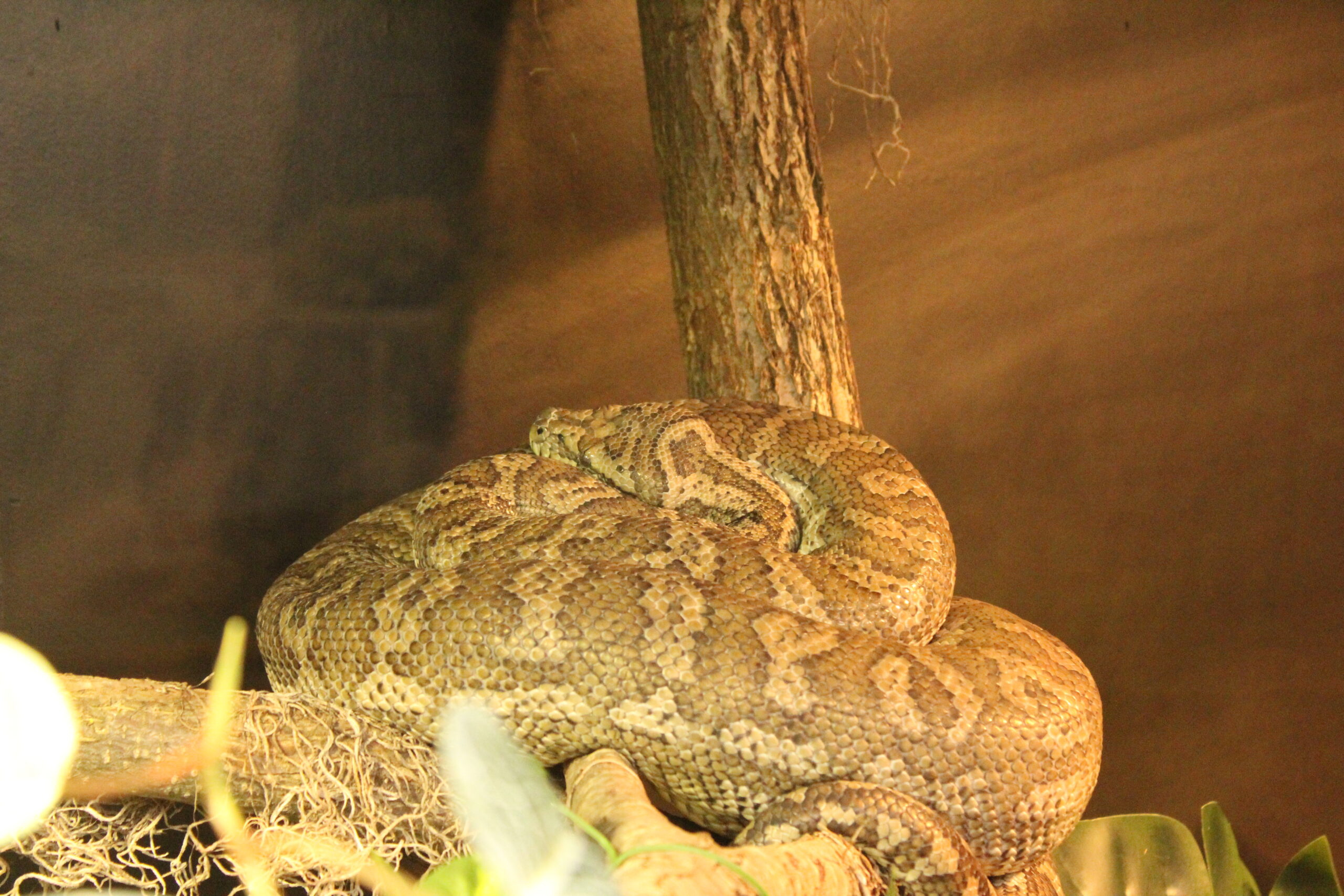When you enter Real Bodies: The Exhibition at the Connecticut Science Center, you’re faced with a few questions: What are we made of? Where do we come from? Why are we here?
 Throughout history, the study of human specimens has shown us the intricate details of our bodies, giving rise to new knowledge and treatments in medicine. However, Real Bodies also dives into many of the cultural experiences that define humanity, highlighting that we are even more complex than the muscles and connective tissue we’re made of.
Throughout history, the study of human specimens has shown us the intricate details of our bodies, giving rise to new knowledge and treatments in medicine. However, Real Bodies also dives into many of the cultural experiences that define humanity, highlighting that we are even more complex than the muscles and connective tissue we’re made of.
Then, in the middle of the room stands the first full-body specimen in a conversational position, as if getting ready to shovel a scoop of dirt from the ground. You may recognize that this specimen looks like most skeletons featured in medical classrooms, except this skeleton includes several preserved muscles and tendons showing joint movements. Other human specimens in this exhibit feature different layers of muscle, fat, and skin, and the bodies are positioned in familiar poses, such as kicking a soccer ball, running, and throwing a dart.
The human specimens of Real Bodies are preserved by a commonly used process called polymer preservation. This method, also called “ plastination,” halts the body’s natural process of decaying using liquid silicone rubber. By infusing organs and whole bodies with this liquid rubber and then allowing it to harden, the specimen becomes permanently preserved; the process is similar to the hardening of papier-mâché, resulting in a dry and odorless preserved specimen. This process can take anywhere from one week up to a year, depending on the size of the organ or the size of the overall body.
The exhibit travels through each of the major body systems: breathing in the respiratory system, hunger in the digestive system, heart rhythms in the circulatory system, movement in the muscular system, and thinking in the nervous system. You can stop to look at the detail of the tree-like bronchia of the lungs or examine how muscles are stacked and layered on top of one another to help move our bones.
 Walking through the gallery of human specimens, you quickly realize that this exhibit is more than just a close-up look at different anatomical features. Real Bodies combines science with art and culture to create a unique experience of exploration into the human body. While examining the digestive system, you also learn how the social systems, diet, and eating behaviors of our hunter-gatherer ancestors affected their digestive health, and how these factors have influenced human development over the course of centuries.
Walking through the gallery of human specimens, you quickly realize that this exhibit is more than just a close-up look at different anatomical features. Real Bodies combines science with art and culture to create a unique experience of exploration into the human body. While examining the digestive system, you also learn how the social systems, diet, and eating behaviors of our hunter-gatherer ancestors affected their digestive health, and how these factors have influenced human development over the course of centuries.
In viewing the artistic ossuary replica of the Paris catacombs, you also explore the practices of different cultures as they mourn, honor, and celebrate the lives of people who have passed on. Throughout the Real Bodies exhibit, soft music plays to encourage quiet thought as you walk through the beginnings of life and human development, love and the reproductive system, and visual depictions of medical imaging techniques that highlight the repair mechanisms of the human body.
Leaving the exhibit, you might not have all the answers to the questions that you faced when you entered. But hopefully, you’ll be a little more aware of the muscles and joints your body uses the next time you pick up a fork to eat, as well as the cultural significance of the food at your family meal, and even how your body will digest it.
To have this experience for yourself, your family, and friends, check out
Real Bodies: The Exhibition at the Connecticut Science Center this summer.

Amanda Coletti is a Communications Research Assistant at the Connecticut Science Center and a Ph.D. student in the Department of Communication at the University of Connecticut, where she studies the science behind science communication.


